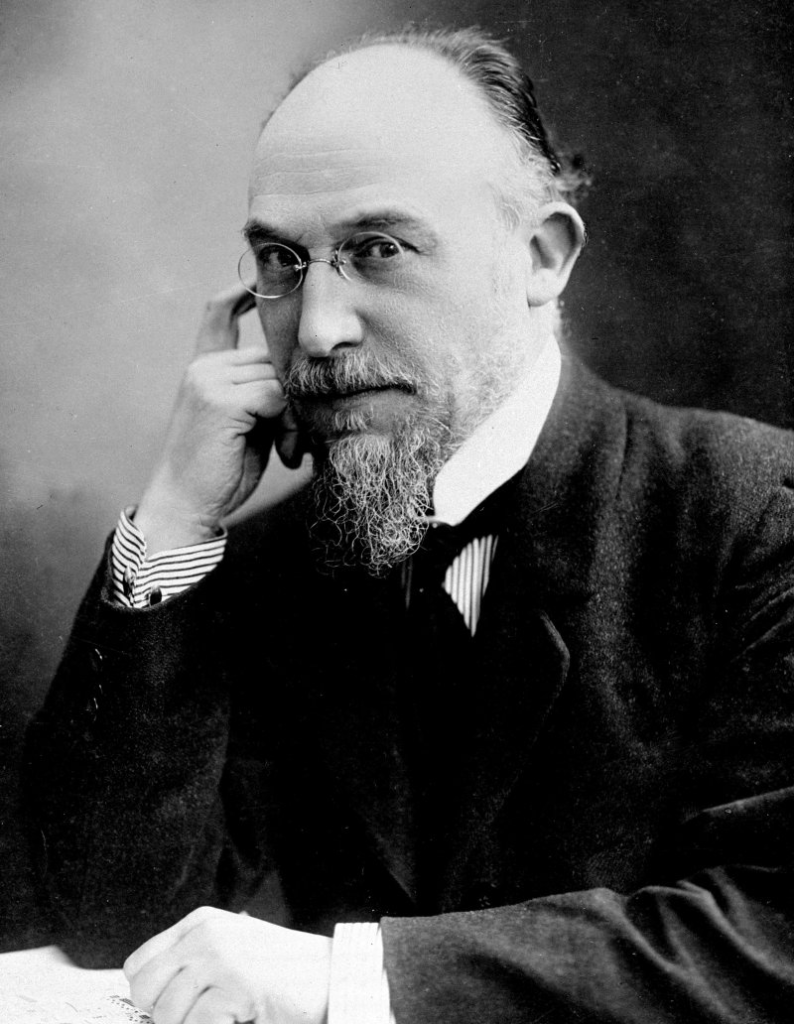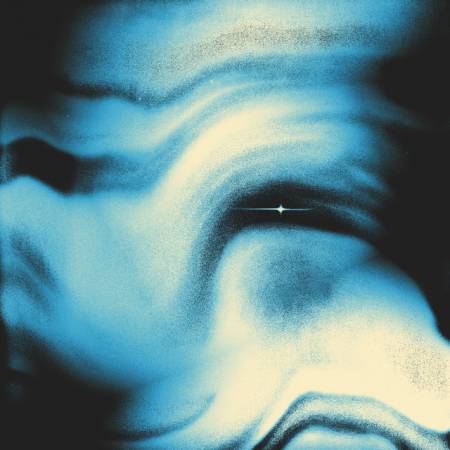“Ugghh Lu is playing that sleepy music again”. This is a common phrase that’s tossed around every time my mates hear lofty pads, unaccompanied by a rhythm coming from my stereo. Ambient music is frequently categorized, or even dismissed as ‘study music/sleep music/meditation music’ – basically something that is associated with an activity rather than an actual art form in itself. In this article we’ll be going through how this atmospheric genre came to be, it’s influence on other genres, the health benefits, and much more.
What is Ambient Music?
Rhythm, arrangement, melody… Throw all of that out the window as those aren’t vital components in the creation of ambient music. Most genres are fighting for the commodity of attention through creating listening experiences that attempt to pull you in, and/or foster an earworm by means of a catchy hook. Ambient music differs as this is a genre that creates an atmosphere of sound without any form of a consistent beat. Part of the allure is the fact that it can sound exceptionally complex by virtue of the free form progression, yet simultaneously rudimentary thanks to its minimalist stature. With such an ambiguous definition ambient music takes on a wide variety of forms, but according to pioneer Brian Eno, “Ambient music should be ignorable as it is interesting”, further emphasizing the notion of inducing calm and providing space to think.
The History of Ambient Music
When it comes to early forms of ambient used in a musical context, the roots can be traced back to early 20th century French composer and pianist Erik Satir – albeit not in the manner we know today. His work is considered a precursor to Ambient and other styles of minimalism through his modest ‘furniture music’. This is a form of music that serves the purpose of creating a background atmosphere during dinner parties. Satir didn’t produce these compositions in order to hog the attention of the listener, and that sentiment already sets the foundation of what would later become ambient music.

On the subject of compositions, it’s safe to say that classical avant-garde and experimental music were heavily influential in the formation of ambient as composers from these genres embraced minimalism and unorthodoxy. Mid-20th century composers such as John Cage, David Tudor, and Karlheinz Stockhausen are superb examples of lauded artists who pushed the envelope. The perception of rock music also began to stretch thanks to the increasing popularity of avant-garde, eventually culminating in krautrock in West Germany… A genre embedded in experimental, psychedelic, and electronic influences; totally unhinged by any form of structure, and well known for putting audiences in a different zone with its spacey, lengthy musical passages. It was only about time these components within avant-garde and experimental would transform into its own distinct genre.
Ambient Music Pioneer - Brian Eno
Even though Brian Eno is best known for pioneering Ambient music in the 70s, it’s important to clarify that he didn’t start off as an Ambient artist. His early albums Here Come the Warm Jets, Another Green World, and Taking Tiger Mountain (By Strategy) to name a few traversed the realms of Art-Pop and experimental rock.
Stay up to date.
New music and exclusive updates in your inbox weekly.
“The path of least resistance for anyone with a lot of sound-making tools is to keep making more sounds. The path of discipline is to say: Let’s see how few we can get away with.”
The above quote is from a 2017 Pitchfork interview with Eno. Yes, this is far into the future but it highlights how he’s always had a flair for minimalism – something that’s apparent during his ‘pre-ambient’ days too. Apart from minimalism, synthesizers were also a key component in Brian Eno’s repertoire particularly since he was revolutionizing how it was being used through his experimental works. Discreet Music in 1975 was the first of his synth-orientated Ambient rollouts, although his 1978 follow up Ambient 1: Music for Airports has been the most lauded as it presented a name for the ‘experimental environment music’ and stunningly encapsulated a particular atmosphere related to airport terminals. The fact that he was a pivotal force in ambient’s commercialization and offered groundbreaking ideas regarding how we think and perceive music vindicates his role as “The Godfather of Ambient”, although we can’t neglect what came before as the ‘avante-gardeness’ of yesteryears laid the foundations in a variety of ways.
Derivatives of Ambient
Not only have the core principles of ambient music leaked into the base of other musical styles, but the atmospheric touch of ambient has also blurred the lines between genres and aided also in the birth of some. Not all of the derivative forms below are ‘sub-genres’, there is the case where influences from two unlikely styles are brought together. Here are the primary derivates of Ambient:
[ Read more: 10 Best Spotify Playlists For Any Mood (Or Activity) ]
Downtempo:
If ambient music heavily emphasized rhythm and beats instead of just atmosphere, it would literally be Downtempo music. Throughout the 80s and 90s, the synthesizer was the seed that enabled the growth of new kinds of electronic music. Whilst genres like industrial, synth-pop, techno etc were vying for your attention… Downtempo held a principle synonymous with ambient as it had the potential to absorb the listener while acting as an atmospheric backdrop. This justifies why it’s commonly found in hotel lobbies, and lounge-like restaurants. DJ’s in Ibiza revolutionized it further by incorporating various rhythms within the Downtempo to create a calm and soothing sundowner experience for clubbers. It’s this soothing atmosphere which also explains why downtempo is a go-to for many DJ’s during the pre-set.
New Age Music
I guess the first thing that would pop into mind when I mention “New Age” is the image of somebody doing yoga as a luminous sunrise decorates the backdrop. And honesty this isn’t far from the truth since new age music tends to accompany meditation, massage therapy, or yoga. Part of the reason why it’s linked ever so closely with ambient is due to the atmospheric emphasis new age music has, and with not just synths – flutes, acoustic guitars, pianos, and other forms of non-Western instrumentation run rampant in this sphere. Furthermore, both genres arose in the same period, and even till today, the lines between what is considered “Ambient” and “New Age” are remarkably blurred (with some exceptions of course).
Ambient House
Another name that is closely associated with this genre is ‘New Age House’, and as you would’ve guessed this is a combination between house (particularly acid house) and ambient music. Minimalism informs the stylistic stature here but with the injection of four-on-the-floor beats, vocal samples, and a midtempo that accompanies the weightlessness of the atmospheric soundscape. During the 90s, British duo “The Orb” was among the artists attributed to the genre's inception and surprise surprise… They’ve cited Eno and Kraftwerk as major influences on their early works. This explains the aesthetic of the track below:
Health Benefits of Ambient
“Ambient Music is intended to induce calm and a space to think.” – Brian Eno
The liner notes of Brian Eno’s Ambient 1: Music for Airports included the quote above. To say that Ambient music has the power to *cure* an illness or condition is honestly stretching the truth. BUT – its ability to reduce stress and help combat mild-to-severe forms of anxiety shouldn’t escape mention by virtue of the genre’s therapeutic nature. For many, the large pockets of space that offer a sense of tranquillity can be a better form of medication that the drugs they’re consistently offered by their dealer/pharmacist. Anxiety tends to present itself as a feeling of fear or apprehension about what's to come, and ambient music essentially acts as a vehicle towards immersion and being in the moment. Personally, this is part of the reason I listen to ambient. I don’t suffer from Anxiety but when I meditate Ambient music is that guide that escorts me into a state of stillness. This video highlights the health benefits of the ambient listening experience.
Ambient Music Today
Throughout the 80s and late 70s, the ‘New Age wave’ and the rise of artists such a Brian Eno and Steven Reich popularized Ambient and minimalist forms of music. It was the crop of ‘Ambient House’ artist which really propelled it to the mainstream with The Orb featuring on BBC’s Top of the Pops with their hit “Blue Room”… Plus, 1994’s Selected Ambient Works Volume II by Aphex Twin reached #11 on the mainstream UK album charts. But nowadays it’s a rarity to find an Ambient offering comfortably nestled in the Top 10, or even the top 50 of any commercial chart.
It’s safe to say that these days Ambient has retreated into somewhat of an internet genre (particularly YouTube) that is generally accompanied by the tag “Music for - yoga, study, sleep, massage, meditation, or even healing”. Honesty, it is a bit of a task finding actual ‘Ambient’ channels online as these tend to be clustered with new age tracks and/or themes. Furthermore, the strong relationship between classical and ambient is one that dates back to the early 20th century, although in general ambient is fairly broad and the lines between what can be considered neo-classical and ambient are ridiculously blurred – and it seems as if many of these outlets are passing off watered-down neo-classical as ambient. Regardless of the genre politics, ‘ambient’ is quite popular if we look at the exceptional numbers Youtube, Spotify, and Itunes playlists generate.
[ Read more: Chillstep Music Genre Origin, Artists & Best Playlists ]







